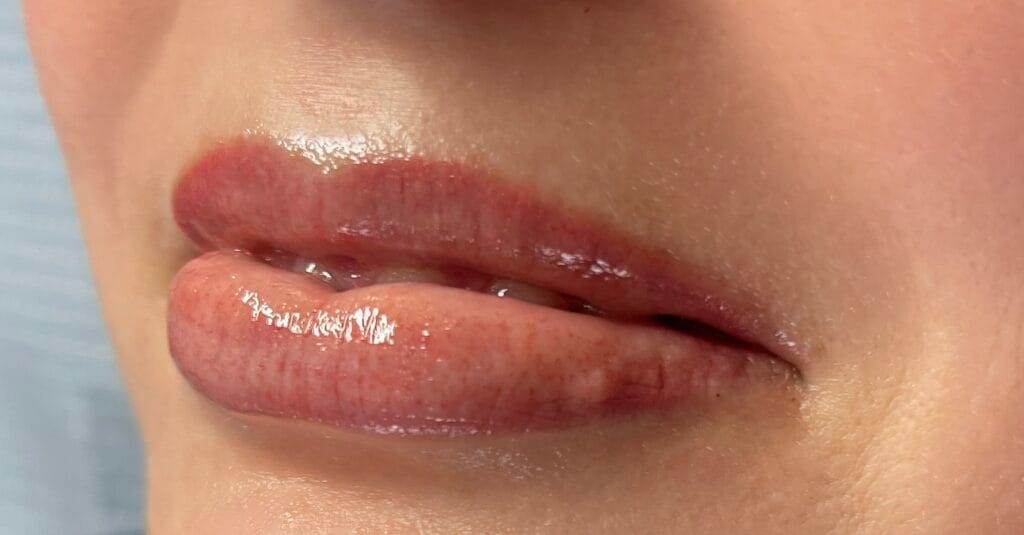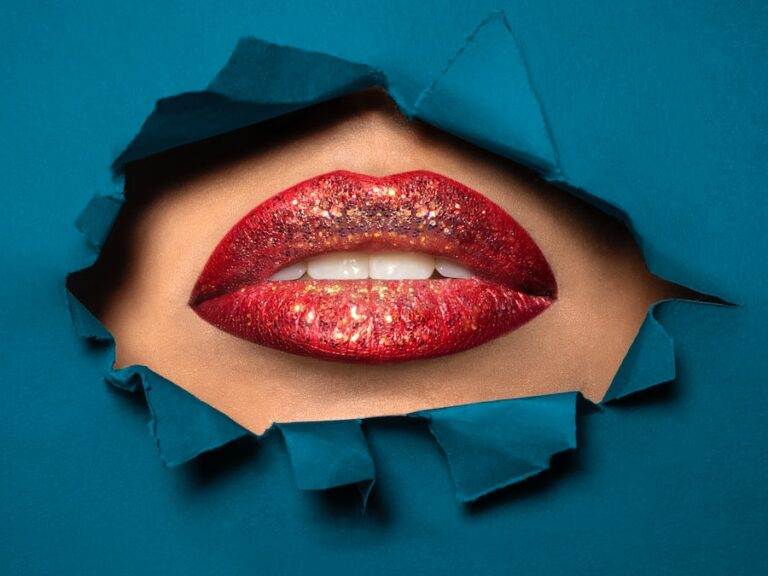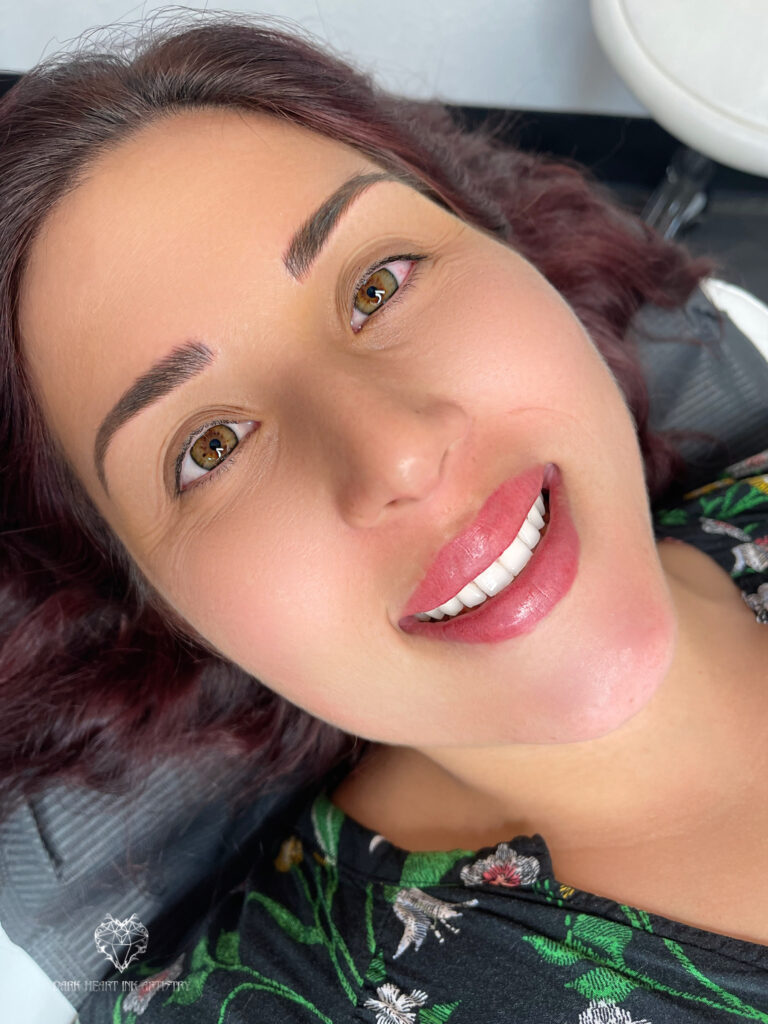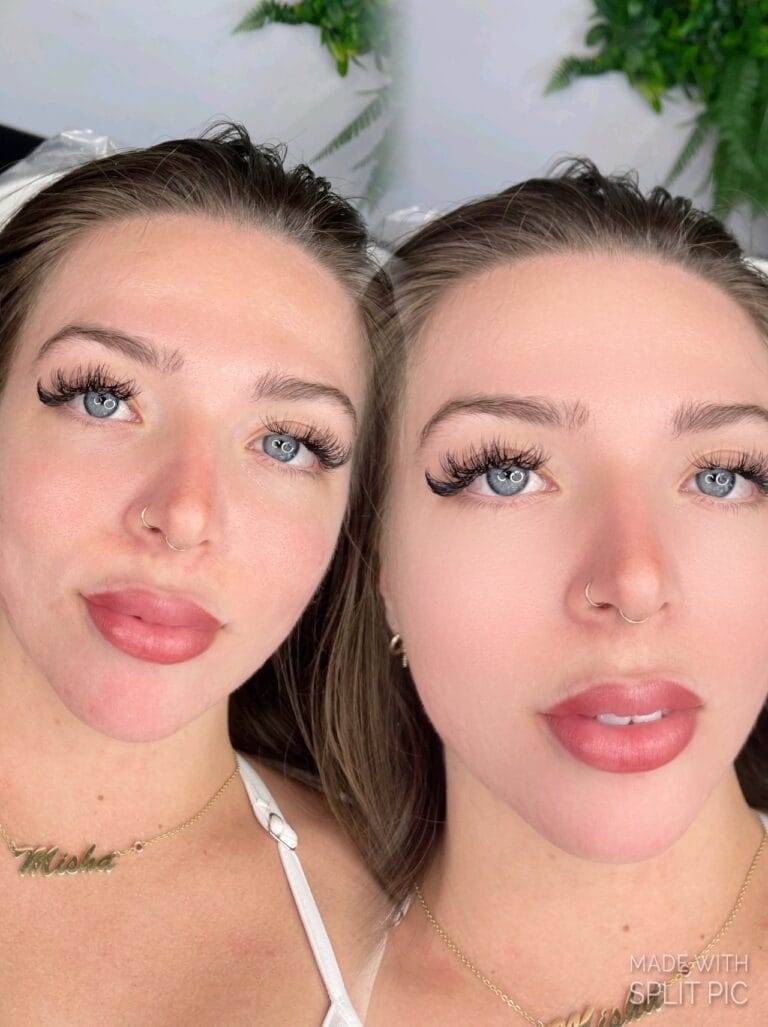Lip blushing has become increasingly popular in recent years as a way to enhance the natural beauty of the lips. This semi-permanent cosmetic procedure involves tattooing pigment into the lips to create a more defined and vibrant look. However, it is important to understand the procedure and aftercare in order to achieve the best results and ensure proper healing.
Understanding the Lip Blushing Procedure: What to Expect
During a lip blushing procedure, a trained artist will use a small needle to deposit pigment into the lips. The artist may use different techniques, such as ombre or full lip shading, to achieve the desired look. The duration of the procedure can vary depending on the artist and the complexity of the design, but it typically takes around two hours.
While some discomfort is to be expected during the procedure, many artists offer anesthesia options to help minimize pain. This can include topical numbing creams or local anesthesia injections. After the procedure, the lips may appear swollen and bruised, but this will subside over time.
The healing time for lip blushing can vary from person to person, but it generally takes about one to two weeks for the lips to fully heal. During this time, it is important to follow proper aftercare instructions to ensure optimal healing and long-lasting results.

Preparing for Lip Blushing: Dos and Don’ts
Before undergoing a lip blushing procedure, there are certain steps you can take to prepare your lips for the best possible outcome. It is important to hydrate your lips by drinking plenty of water in the days leading up to your appointment. Exfoliating your lips with a gentle scrub can also help remove any dead skin cells and create a smooth surface for the pigment.
On the other hand, there are certain things you should avoid before getting lip blushing done. Some medications, such as blood thinners or aspirin, can increase the risk of bleeding during the procedure. It is important to consult with your doctor and the artist about any medications you are taking. Additionally, consuming alcohol or smoking can also affect the healing process, so it is best to avoid these substances before and after the procedure.
Choosing the Right Lip Blushing Artist: Research and Recommendations
When choosing a lip blushing artist, it is important to do your research and find someone who is experienced and reputable. Look for artists who have a portfolio of their work and positive reviews from previous clients. You can also ask friends or family members for recommendations if they have had a good experience with a particular artist.
It is crucial to choose a licensed and experienced artist who follows proper safety and sanitation protocols. This will help ensure that the procedure is done safely and hygienically, reducing the risk of complications or infections.
What to Avoid Before Lip Blushing: Foods and Medications
In the days leading up to your lip blushing procedure, there are certain foods and medications you should avoid. Some foods, such as spicy or acidic foods, can irritate the lips and increase the risk of discomfort during the procedure. It is best to stick to a bland diet in the days leading up to your appointment.
Certain medications, such as blood thinners or anti-inflammatory drugs, can also affect the outcome of the procedure. These medications can increase bleeding and interfere with the healing process. It is important to consult with your doctor and the artist about any medications you are taking and follow their recommendations.
Post-Care Tips: How to Care for Your Lips After the Procedure

After getting lip blushing done, it is crucial to follow proper aftercare instructions to ensure optimal healing and long-lasting results. The artist will provide you with specific instructions, but some general tips include keeping your lips clean and moisturized.
It is important to gently clean your lips with a mild cleanser and water, avoiding any harsh or abrasive products. Applying a thin layer of ointment or lip balm can help keep your lips moisturized and prevent dryness or cracking. It is also important to avoid picking or scratching at your lips, as this can interfere with the healing process.
Managing Swelling and Discomfort: Home Remedies and Medications
Swelling and discomfort are common side effects of lip blushing, but there are several home remedies and over-the-counter medications that can help manage these symptoms. Applying a cold compress to the lips can help reduce swelling and numb any discomfort. Over-the-counter pain relievers, such as ibuprofen or acetaminophen, can also help alleviate pain.
It is important to avoid any activities or products that can exacerbate swelling or discomfort. This includes avoiding hot or spicy foods, smoking, and excessive sun exposure. Following the artist’s aftercare instructions and taking care of your lips will help minimize these side effects.
Maintaining the Results: How to Prolong the Effects of Lip Blushing
To maintain the color and shape of your lips after lip blushing, there are several tips you can follow. It is important to avoid excessive sun exposure, as UV rays can fade the pigment and cause the lips to become dry and chapped. Applying a lip balm with SPF can help protect your lips from the sun’s harmful rays.
Regular touch-up appointments are also important for maintaining the results of lip blushing. Over time, the pigment will naturally fade, so touch-ups every 1-2 years are recommended to keep your lips looking vibrant and defined.
Protecting Your Lips: Sunscreen and Lip Balm Recommendations
Protecting your lips from the sun is crucial for maintaining the results of lip blushing. Look for a lip balm that contains SPF to provide protection against UV rays. Some recommended brands include Burt’s Bees, Neutrogena, and Sun Bum. Applying lip balm with SPF throughout the day, especially before going outside, can help keep your lips moisturized and protected.
What to Avoid After Lip Blushing: Activities and Products
After getting lip blushing done, there are certain activities and products you should avoid to ensure proper healing. It is important to avoid hot or spicy foods, as well as any foods that can stain the lips, such as berries or red wine. Smoking should also be avoided, as it can interfere with the healing process and cause the pigment to fade more quickly.
Additionally, it is important to avoid any products that contain harsh chemicals or exfoliants, as these can irritate the lips and interfere with the healing process. It is best to stick to gentle cleansers and moisturizers specifically designed for the lips.
When to Seek Medical Attention: Signs of Infection and Complications
While lip blushing is generally a safe procedure, there is a risk of infection or complications. It is important to be aware of the signs of infection, such as increased pain, redness, swelling, or discharge from the lips. If you experience any of these symptoms, it is important to seek medical attention as soon as possible.
Complications from lip blushing can include allergic reactions or scarring. If you notice any unusual or concerning symptoms after the procedure, it is best to consult with your doctor or the artist for further evaluation.
Lip blushing can be a great way to enhance the natural beauty of your lips, but it is important to understand the procedure and aftercare in order to achieve the best results. By doing your research, following pre-procedure instructions, and following proper aftercare tips, you can ensure optimal healing and long-lasting results. Remember to consult with a licensed and experienced artist and seek medical attention if you experience any concerning symptoms.
FAQs
What is lip blushing?
Lip blushing is a cosmetic tattooing procedure that involves injecting pigment into the lips to enhance their natural color and shape.
What are the pre-care tips for lip blushing?
Pre-care tips for lip blushing include avoiding blood-thinning medications, alcohol, and caffeine before the procedure, staying hydrated, and avoiding sun exposure.
What are the post-care tips for lip blushing?
Post-care tips for lip blushing include avoiding hot and spicy foods, alcohol, and smoking for at least 48 hours after the procedure, keeping the lips moisturized, and avoiding sun exposure.
How long does lip blushing last?
Lip blushing can last anywhere from 1-3 years, depending on factors such as skin type, lifestyle, and aftercare.
Is lip blushing painful?
Lip blushing can be uncomfortable, but most people report only mild pain or discomfort during the procedure. Topical numbing cream can be applied to minimize any discomfort.
What are the risks associated with lip blushing?
The risks associated with lip blushing include infection, allergic reactions, scarring, and dissatisfaction with the results. It is important to choose a reputable and experienced technician to minimize these risks.





